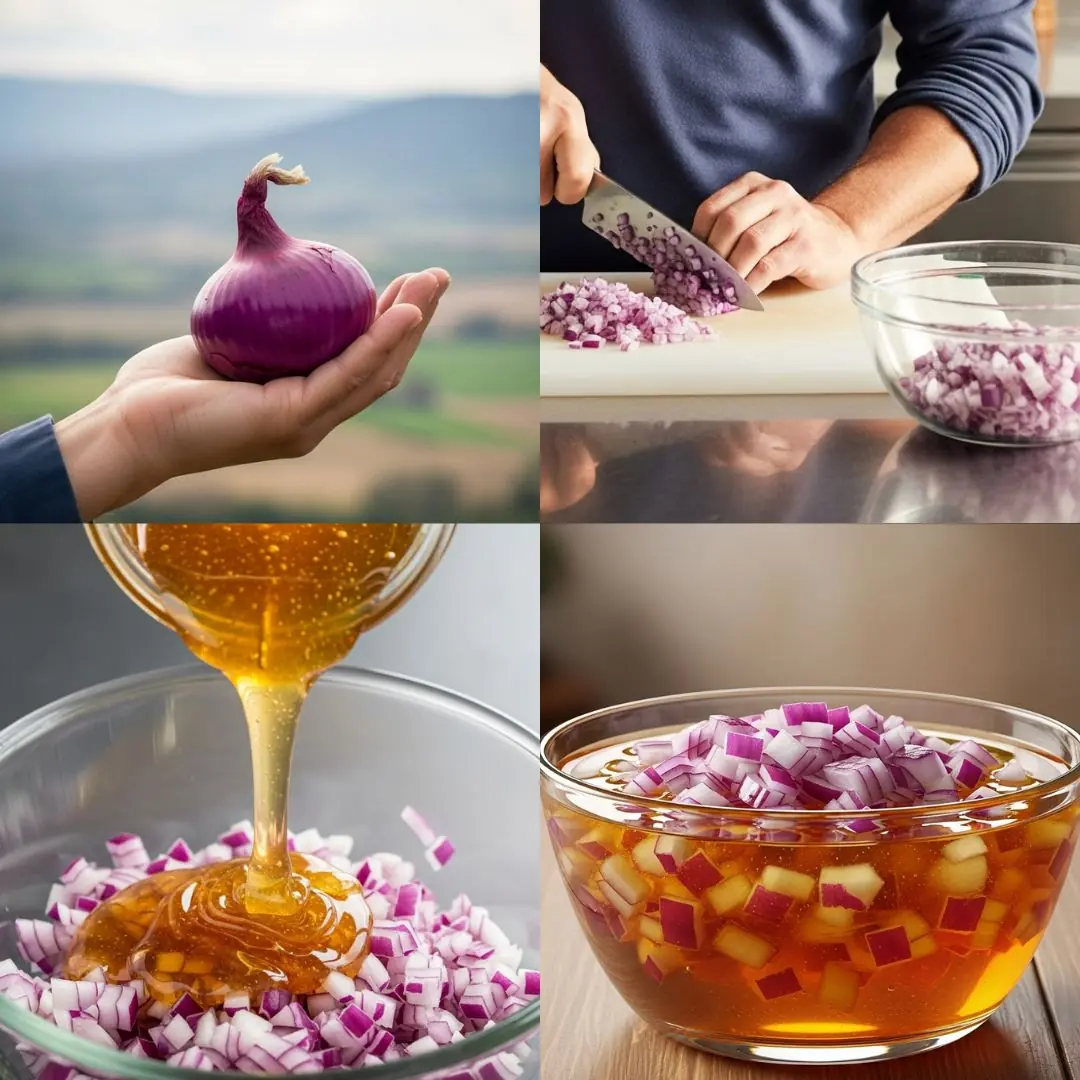
Unlocking the Hidden Power of Lactuca Serriola: Nature’s Wild Gift Growing All Around You
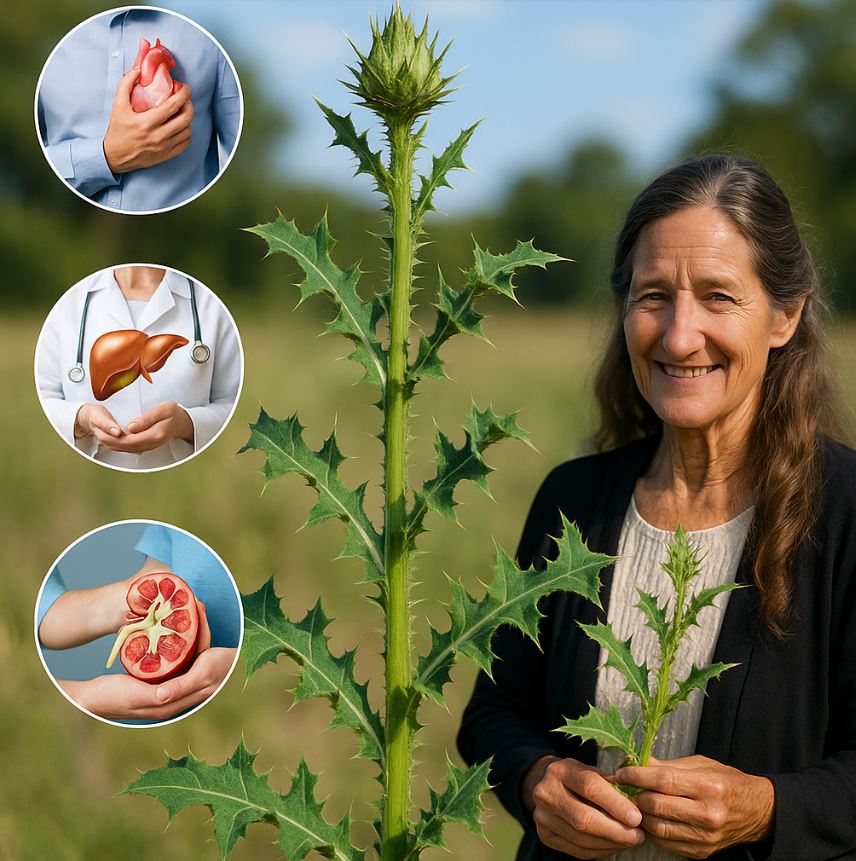
Prickly Lettuce: The Hidden Herbal Treasure Beneath Our Feet
In today’s fast-paced, modern world—where convenience often leads us to pharmaceutical solutions—some of the most powerful sources of healing remain quietly thriving beneath our feet. One such overlooked botanical wonder is Lactuca serriola, commonly known as prickly lettuce.
Often mistaken for an ordinary weed growing by roadsides or sidewalks, prickly lettuce holds a rich legacy of traditional use. For centuries, it has been cherished for its calming, nourishing, and restorative properties. In a time when many are seeking more natural and holistic approaches to wellness, this humble plant invites us to reconnect with the healing wisdom of the earth.
Let’s take a deeper look at the impressive benefits of prickly lettuce—and why it may be one of the most underrated wild herbs in the natural health world.
A Nutrient-Dense Supergreen in Disguise
To the casual observer, prickly lettuce may seem like just another scrappy wild plant. But beneath its spiny leaves lies a nutrient profile that rivals some of the most celebrated leafy greens.
Key Nutritional Highlights:
-
Vitamin A – Vital for eye health, glowing skin, and a resilient immune system.
-
Vitamin C – A potent antioxidant that protects cells and enhances immune defense.
-
Vitamin K – Supports bone strength and healthy blood clotting.
-
Potassium, Calcium & Magnesium – Crucial minerals for heart health, nerve function, muscle performance, and hydration balance.
Regularly incorporating wild greens like prickly lettuce into your meals offers a direct path to enhanced nutrition—just as nature intended. It's a reminder that some of the most powerful superfoods don’t come in capsules or bottles, but grow freely in nature’s garden.
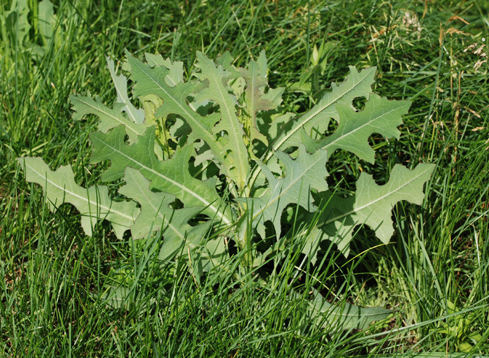
Nature’s Gentle Relief for Everyday Discomfort
One of the most fascinating aspects of prickly lettuce is its milky white sap, or latex, which seeps from its stems and leaves when broken. This natural extract has long been known for its calming and mildly analgesic properties.
Historically dubbed “wild opium”—despite containing no actual opiates—this latex was traditionally used to ease discomfort and encourage relaxation.
Traditional Uses for Comfort and Calm:
-
Naturally soothes minor headaches and body aches
-
Eases muscle soreness after physical exertion
-
Encourages restfulness and relaxation, especially in times of tension
While not a replacement for medical care, prickly lettuce provides a gentle, non-habit-forming option for those seeking traditional remedies to support everyday comfort.
Supporting a Healthy Inflammatory Response
Chronic low-grade inflammation is increasingly recognized as a silent contributor to many modern ailments. Prickly lettuce contains natural compounds—such as lactucopicrin and lactucin—that may help modulate the body’s inflammatory response.
Potential Anti-Inflammatory Benefits:
-
Supports joint comfort by soothing minor swelling
-
Assists in post-exercise recovery
-
Helps the body maintain balance under everyday stress
Incorporating anti-inflammatory foods and herbs like prickly lettuce into your wellness routine is a gentle, effective way to promote long-term vitality.
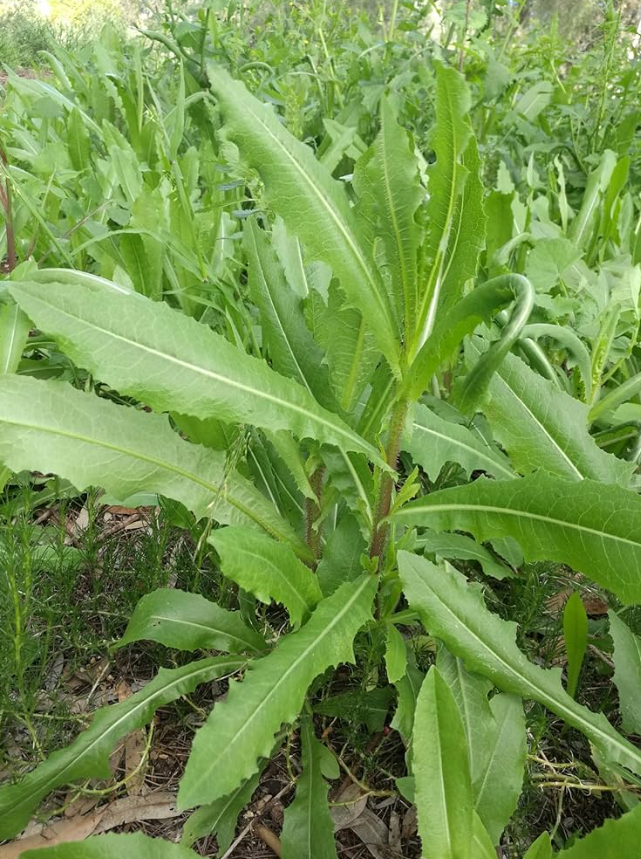
Digestive Harmony from Bitterness
Bitter herbs have long been valued in traditional systems of medicine for their ability to stimulate digestion, and prickly lettuce is no exception. Its mildly bitter leaves help signal the body to produce digestive enzymes and bile, improving nutrient absorption.
Digestive Support Highlights:
-
Enhances digestion and reduces bloating
-
Encourages smoother, more comfortable meals
-
Gently supports liver and kidney detoxification
Eating a few fresh leaves before meals may “prime” your digestive system and foster a healthier internal environment.
A Natural Shield Against Oxidative Stress
Oxidative stress, caused by free radicals, is a key factor in aging and cellular damage. Fortunately, prickly lettuce is rich in natural antioxidants that help neutralize these unstable molecules.
Antioxidant Advantages:
-
Protects cells from daily oxidative damage
-
Promotes youthful, radiant skin
-
Supports long-term heart and brain health
Including antioxidant-rich greens like prickly lettuce in your diet is a simple, proactive way to fortify your body against the demands of modern life.

Culinary Uses: A Wild Superfood on Your Plate
Prickly lettuce isn’t just medicinal—it’s edible, too. Young leaves can be harvested and used in a variety of dishes, offering a slightly bitter, earthy flavor similar to dandelion or arugula.
Tasty and Nutrient-Packed Ideas:
-
Toss young leaves into salads with lemon juice or vinaigrette to balance bitterness
-
Sauté mature leaves with olive oil, garlic, and sea salt for a flavorful side
-
Stir chopped leaves into soups or stews to enrich nutrient content
Cooking older leaves softens their texture and flavor, making them more enjoyable and digestible. Embracing wild edibles adds nutritional diversity—and a touch of ancestral wisdom—to your meals.
A Quiet Hero for the Environment
Beyond its health benefits, prickly lettuce also serves a vital ecological role. By allowing this wild plant to grow in your space, you’re contributing to environmental balance and biodiversity.
Ecological Benefits:
-
Prevents soil erosion in disturbed areas
-
Offers nectar and habitat for pollinators like bees and butterflies
-
Supports local biodiversity and natural resilience
Leaving a patch of prickly lettuce in your garden isn’t just good for you—it’s good for the planet.
Rooted in Ancient Healing Traditions
Prickly lettuce has been trusted for thousands of years by cultures across the globe. From ancient Egypt to medieval Europe, it was revered for its calming, nourishing properties.
Historical Highlights:
-
Used by ancient Egyptians for its sedative and fertility-supportive effects
-
Praised by medieval herbalists as a remedy for pain and sleeplessness
-
Employed in European folk medicine for rest, digestion, and relief from aches
Its long-standing reputation reminds us that nature’s best remedies often stand the test of time.
How to Begin Your Prickly Lettuce Journey
Curious to explore this wild plant for yourself? Here are some simple, safe ways to begin integrating prickly lettuce into your life:
-
Wild Green Salads – Add a few tender leaves to fresh greens
-
Sautéed Sides – Cook with healthy fats for better absorption of nutrients
-
Herbal Teas or Infusions – Try steeping dried or fresh leaves for relaxation
-
Garden Rewilding – Let it grow naturally to benefit both health and habitat
Always harvest responsibly, ensure correct identification (Lactuca serriola), and begin with small amounts to see how your body responds.
A Word of Wisdom: Use with Care
While prickly lettuce is generally safe when used properly, it’s important to be cautious:
-
Correct Identification – Avoid confusing it with toxic look-alikes
-
Moderation – As with any wild plant, introduce slowly and sparingly
-
Medical Advice – If pregnant, nursing, or on medication, consult a healthcare provider before use
With thoughtful use, this humble weed becomes a powerful ally.
Final Thoughts: Rediscovering an Ancient Ally
In a world that often overlooks the simple in favor of the synthetic, prickly lettuce reminds us that some of the most profound forms of healing grow freely, quietly, and abundantly.
Whether you're looking to support your body with gentle herbal remedies, diversify your diet with wild foods, or reconnect with ancestral wisdom, Lactuca serriola offers a beautiful opportunity to rediscover what it means to thrive naturally.
So next time you see a spiny, stubborn plant along the roadside—pause. It may just be the wild medicine you didn’t know you needed.
News in the same category


Stop Now! These 8 Pumpkin Seed Mistakes Trigger Irreversible Reactions in Your Body

7 Surprising Health Benefits of Okra You Need to Know

The Secret to a Whiter Smile: A Simple Tomato-Based Teeth Whitening Recipe

🛑 The MOST DANGEROUS Sleep Position You Never Knew! | Boost Your Sleep Instantly

Say Goodbye to Fatty Liver, Blurry Vision, and Anemia with This Powerful Natural Drink

Pronto Alivio: Benefits, Medicinal Uses, and How to Prepare Its Infusion

Mix Rice and Water and the Wrinkles Will Disappear! 🌟 Rice Mask for Glowing Skin

Unexpected health benefits of chai spices you may not be aware of

A REAL VITAMIN BOMB: Celery and Lemon for Clarity, Pressure Relief, and Detox

Support Healthy Weight Management in Seniors with These 3 Morning Drinks

38 DELICIOUS Foods That Contain Almost ZERO Calories!
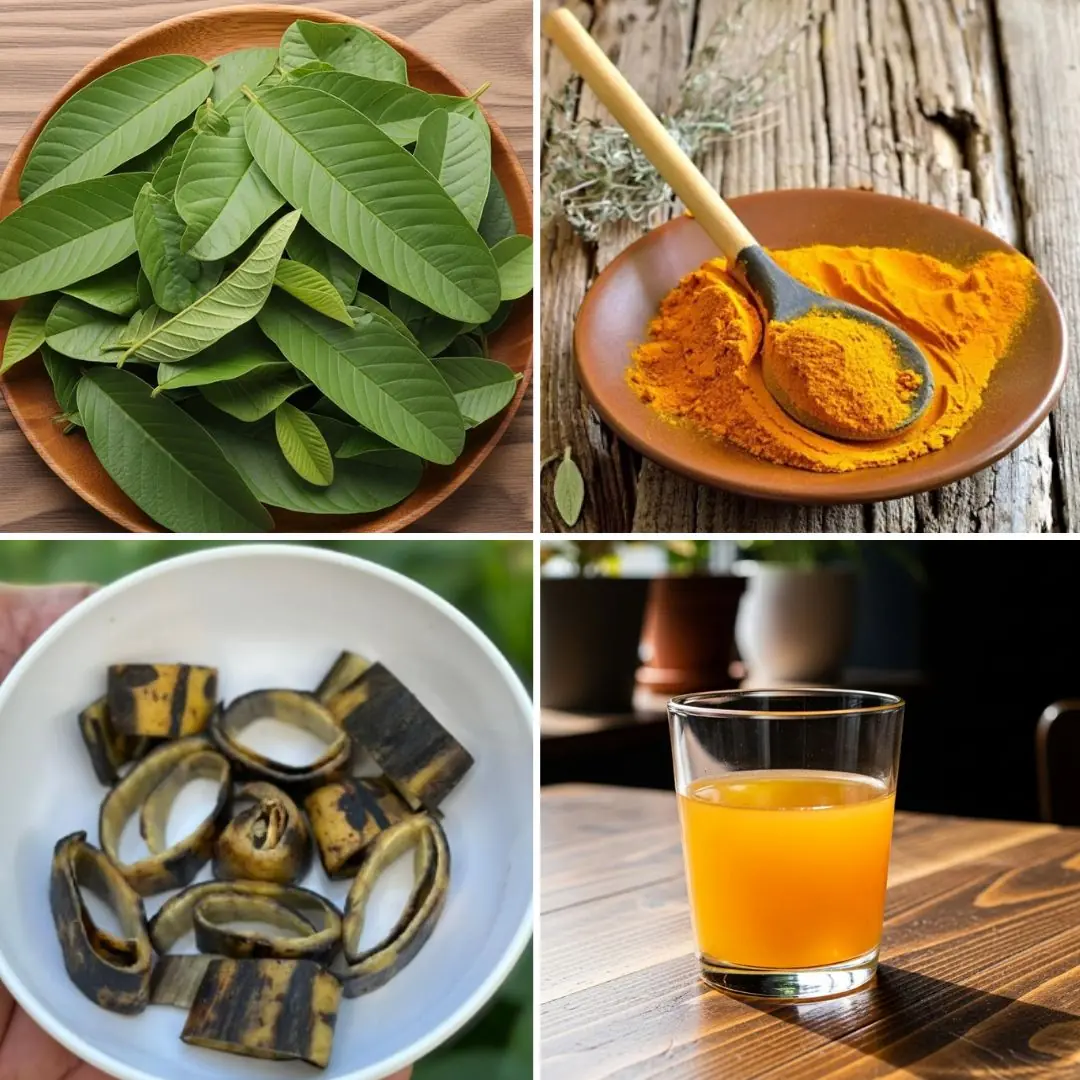
Doctors Don’t Want You to Know About This Drink Because It Can Cure Diabetes, High Blood Pressure, and Poor Circulation in the Blink of an Eye

9 Reasons Why You Should Drink Cucumber, Ginger, Mint, Lemon, and Water Every Day

🚨 Over 30? Cancer Could Be Hiding in These 8 “Harmless” Symptoms You Shouldn’t Ignore

Top 10 Foods Rich in Collagen and Anti-Aging Booster

🥬🍏 Parsley & Apple: The Underrated Power Duo Your Body Will Thank You For

From Struggling to Walk to Running Like a Child: How Lemon and Carrot Can Transform Joint Health

How to Remove Blackheads and Whiteheads from Nose and Face Naturally at Home – With Vaseline and a Simple Trick
News Post

Unleash Your Inner Alpha: The Natural Nighttime Boost You Need

Stop Now! These 8 Pumpkin Seed Mistakes Trigger Irreversible Reactions in Your Body

The photograph of a little boy who became one of the most recognizable men today

Three Family Members Diagnosed with Thyroid Nodules – The Mother Collapses: “I Thought Eating More of Those Two Things Prevented Cancer”

A Family of Four Siblings Diagnosed with Stomach Cancer – Doctor Shakes His Head: Two "Deadly" Common Habits Many People Share

A 49-Year-Old Man Dies of Brain Hemorrhage – Doctor Warns: No Matter How Hot It Gets, Don't Do These Things

England Has Officially Started To Give Out New Injections That Treat 15 Cancers

He left as soon as he found out the diagnosis of our son. And I stayed—because I couldn’t leave my child alone

Their daughter disappeared in 1990, on the day of her graduation. And 22 years later, the father found an old photo album

We'll live off our daughter-in-law; she has a good job," the mother-in-law shared with her friend

While the woman was doing a deep cleaning of the house, she came across an old letter from her deceased husband. Carefully unfolding it, she skimmed through the lines… and froze

If she needs money again, let her call the bank, not me, — Maria snapped, deleting her mother-in-law’s number from her phone

7 Surprising Health Benefits of Okra You Need to Know

The Secret to a Whiter Smile: A Simple Tomato-Based Teeth Whitening Recipe

How to Fade Age Spots: Causes, Treatments, and Prevention That Actually Work

My Husband Sneaked Out Every Night — I Followed Him One Evening and Discovered a Shocking Truth

I Arrived Early for My Big Day and Found Out My Sister Had Planned Her Own Wedding—At My Venue

A Rude Stranger Humiliated Me at My Son’s Restaurant — The Next Day, She Showed Up at My Home as His Fiancée

🛑 The MOST DANGEROUS Sleep Position You Never Knew! | Boost Your Sleep Instantly
